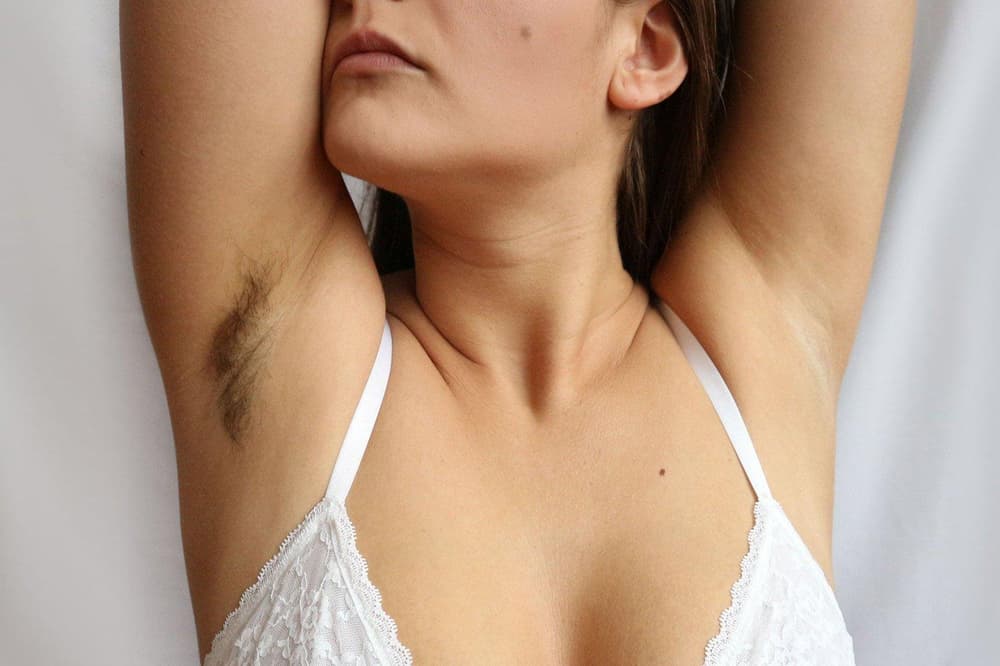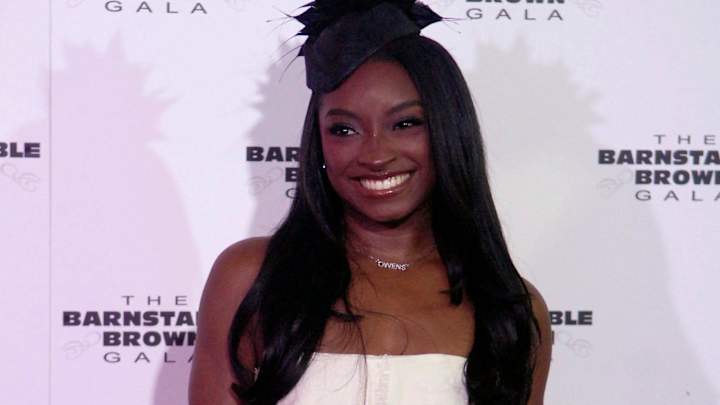The ongoing dialogue surrounding body hair and established beauty standards is navigating a complex new phase, profoundly influenced by a noticeable resurgence in conservative values across society. This evolving dynamic signals a challenging period for those embracing natural forms of self-expression, particularly when confronting deeply ingrained societal norms that dictate ideal appearances. The question arises: are we truly comfortable with diverse presentations of body hair amidst a shifting cultural landscape?
Historically, societal attitudes towards body hair have ebbed and flowed, acting as a barometer for broader cultural and political shifts. From periods of celebrated naturalism to eras demanding strict adherence to hairless ideals, these shifts often mirrored prevailing ideologies regarding gender roles, purity, and aesthetic perfection. Understanding this historical context is crucial to appreciating the current pressures individuals face to conform to specific grooming practices, revealing that what is considered “beautiful” is rarely static but rather a fluid reflection of its time.
The present resurgence of conservative ideologies is actively reinforcing traditional beauty standards, often prioritizing a polished, hairless aesthetic that aligns with more conventional notions of femininity and order. This societal push can inadvertently create an environment where personal choice regarding body hair becomes less about individual autonomy and more about conforming to an unspoken, yet powerful, expectation. Consequently, for many, the simple act of choosing to retain body hair can feel like a silent act of defiance against dominant societal norms.
This intensifying pressure for hairless bodies raises significant questions about its personal impact and the extent to which it restricts individual autonomy. When beauty standards become rigidly defined, they can limit diverse definitions of beauty and self-expression, potentially fostering feelings of inadequacy or non-conformity. The decision of how one chooses to present their body, including the presence or absence of body hair, should ideally remain a deeply personal choice, free from undue external influence or judgment.
Media and cultural narratives play a pivotal role in perpetuating these aesthetic expectations, often showcasing idealized images that reinforce specific body hair norms. Yet, in parallel, there is a burgeoning counter-movement gaining traction, advocating strongly for the acceptance of natural body hair and challenging the narrow scope of mainstream beauty. This movement champions body positivity and diverse representation, offering a much-needed alternative perspective to the prevailing conservative values that often promote uniformity.
This intricate interplay between evolving societal norms and the pressure to conform invites a critical examination of why certain grooming practices become normalized, while others are stigmatized. It encourages readers to reflect on their own comfort with various forms of body expression, urging a deeper understanding of personal choice within a world increasingly shaped by both progressive and traditional viewpoints on appearance. Ultimately, navigating the landscape of body hair acceptance requires a nuanced approach, acknowledging the powerful currents of societal expectation while championing the fundamental right to individual self-expression.
Discover more from The Time News
Subscribe to get the latest posts sent to your email.






